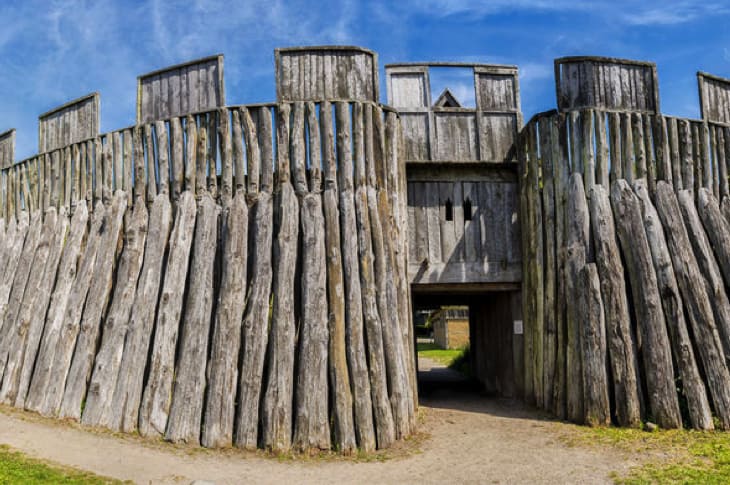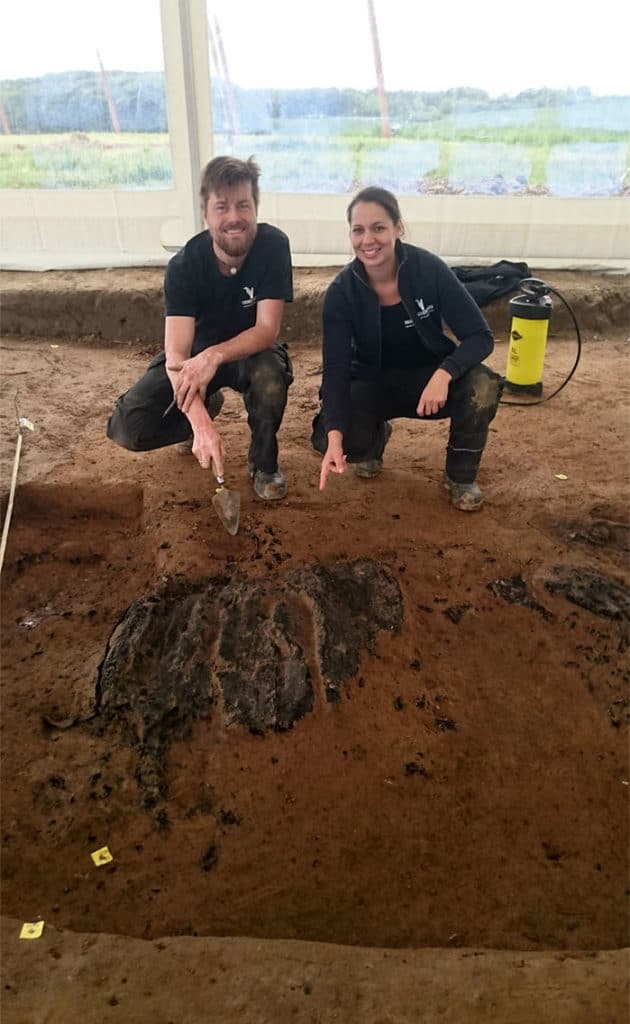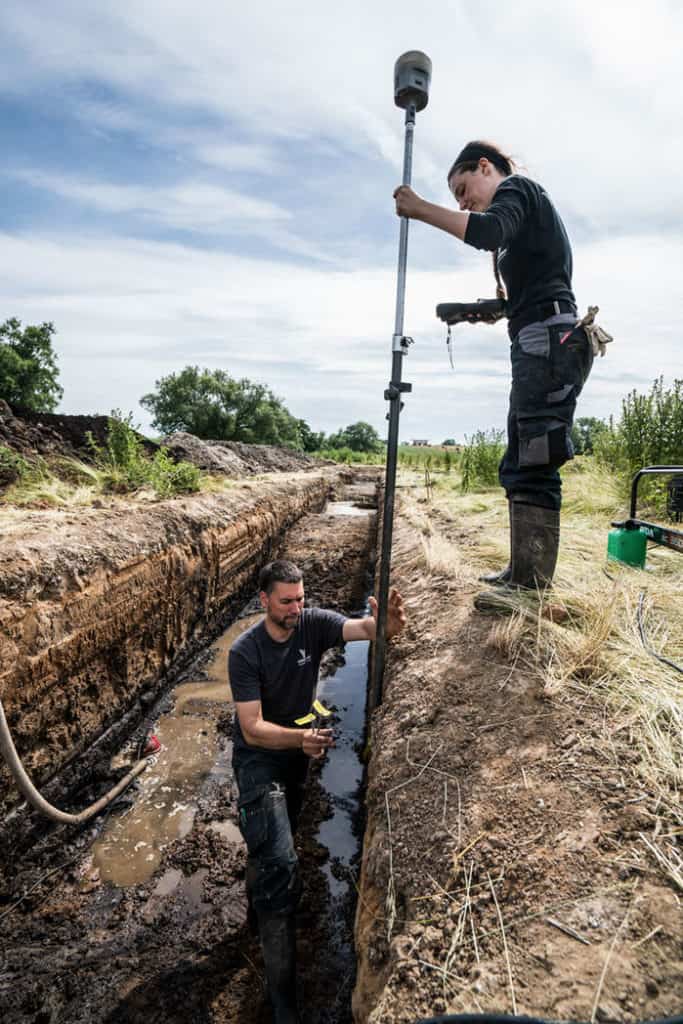
It’s been 60 years since the last Viking fortress was found in Denmark, but, according to researchers, it has been well worth the wait based on their findings in the discovery of the most recent fortress on the island of Zealand. The first string of fortresses found in modern history occurred in the 1930s, when archaeologists found four perfectly circular structures that they couldn’t believe were built by the seemingly barbaric Vikings. Now that this new fortress has been uncovered, it opens up entire dialogues about what the warriors were really like.
Researchers have been searching for other fortresses for years, and it wasn’t until Søren Michael Sindbæk, a corresponding author on the newest study that gives a comprehensive look at the structure, came to the conclusion that there were missing fortresses. His conclusion and modern technology were able to uncover Borgring, which is the latest structure, based on patterns from the previous ones.
A combination of knowledge about the patterns of locations that these fortresses were built on, high-resolution LIDAR images, and persistence came together to aid the researchers. Sindbæk explained why it took so long to discover something that was apparently massive back in its heyday.
“The agricultural activity around it was extremely destructive. For hundreds of years throughout the Middle Ages, peasants ploughed and leveled the field. When we came, the fortress’s ramparts were less than half a meter above the average level of the field. You could walk the field, and I might have a hard time convincing you there was anything at all, but the LIDAR image was decisive,” he told Science.

The LIDAR image taken above the location tells a story about what lies just below the surface. The aerial, laser-based surveillance device creates a 3-D ground map, which illustrates the key components of what’s underneath the soil. It revealed that the fortress is 144 meters in diameter, is a perfect circle, and had four gates leading into the structure. Researchers stated that it would have taken a skilled land surveyor, extreme organization, and a demand for the perfect aesthetic to construct the perfect circle.
After discovering the fortress in 2014 through the images, the team went to work on conducting targeted small-scale excavations and testing samples of items they found. What they discovered added to their awe, as it was concluded that the fortress was built around 970 to 980 CE during the reign of Harald “Bluetooth” Gormsson. Though the previously-discovered fortresses appeared to be used for only two decades, this one was in use for a full generation longer than that and met with a violent end.
“We also found the fortress had been attacked, and two of the gates were burned severely…. Since this fortress is located where the Baltic Sea runs against the Danish coast, the most likely people to come from that sea would be Swedish Vikings,” Sindbæk said.

According to Sindbæk, fortress life would have been quite peaceful because their sheer size would have deterred most of the enemies looking to get a foothold in the land. The fortresses were nearby routes that made accessibility to land and water routes very easy, so they were prepared at all times. Burial sites that had women and children in them as well as jewelry found within the fortresses indicates that the structures likely housed the families of Viking kings and higher up military officials.
This latest discovery has given so much insight into how the Vikings truly operated versus how archaeologists and historians previously saw them. This particular structure was built in the Trelleborg style, which is the first of this style to be discovered in more than 600 years.

“These ring fortresses have been the biggest mystery in Viking archaeology since the 1930s. People couldn’t believe the Vikings in their own country built these structures. They thought foreign armies must have built them. But as we found more of these, we found it was indeed a Danish king and his Viking warriors, and for that reason they have been part of the most fundamental reassessment of what the Vikings were all about. They were warriors, obviously, but they were warriors out of a very organized society,” Sindbæk explained.
Researchers are certainly scrambling excitedly to determine just what these discoveries mean for their previous assumptions about this mysterious group of people and how their view of the culture might shift.


